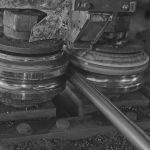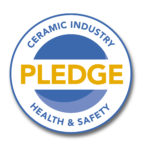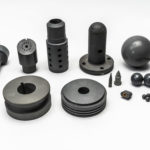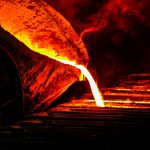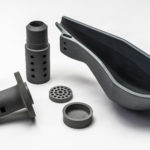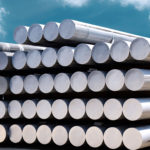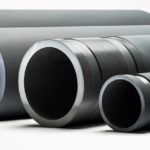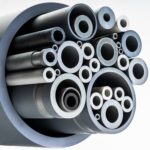Update: Originally posted in 2022, this blog was updated with new context on 27/02/2024.
Wear and tear are familiar concepts. But the mechanisms of action underlying these phenomena can be surprisingly complex. Wear is defined as the loss of material from a solid’s surface due to mechanical action exerted by some other solid. It is such a universal process that only organic materials are immune since they can self-replicate and essentially restore surface fatigue. Therefore, every branch of materials science must contend with one or more different wear mechanisms.
Continue reading
